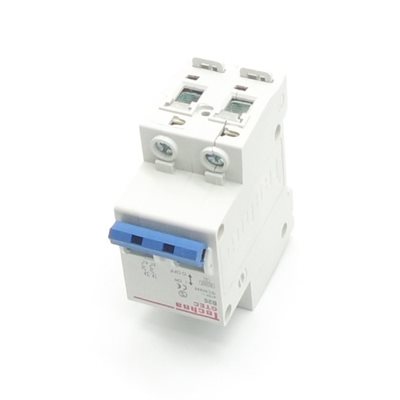

Some manufacturers put the 240V breaker’s bridge switch inside the device. Since a 240V breaker is as big as two 120v breakers, it takes up two places in a load center. This breaker is rated chiefly from 20 to 60 amps. It is mainly used to protect a dedicated circuit for high-power appliances such as electric ranges, air conditioners, and more. What is a 240V Circuit Breaker?Ī circuit breaker 240V is also known as a double-pole circuit breaker. However, as time passes, NEC standards have evolved and require a third wire for grounding to ensure additional safety. In this case, a 120V circuit breaker uses one hot bus bar and two wires, or hot and neutral connections. How Does 120V Work?Ī load center has two main bus bars, each with a power of 120V that comes from a transformer. This device is not the same as a double pole breaker that can provide 240V service, as it serves two 120V lines instead of one 240V supply. This tandem breaker is a dual 120V CB and is frequently used when there is insufficient space in load centers for a new circuit. However, there is also a tandem breaker that has the same size as a single pole breaker and utilizes one slot in the load center as well. Normally, a 120V circuit breaker only occupies one load center slot.


It typically has a 15 to 20 amp rating to offer service to most lighting and other low-power domestic equipment. Pros and Cons of 240V and 120V Breakersġ20V Breakers vs 240V Breakers What is a 120V Circuit Breaker?ġ20V circuit breakers, often called single pole breakers, are used for a standard circuit in a house.Differences Between 1 Pole vs 2 Pole Breaker.


 0 kommentar(er)
0 kommentar(er)
